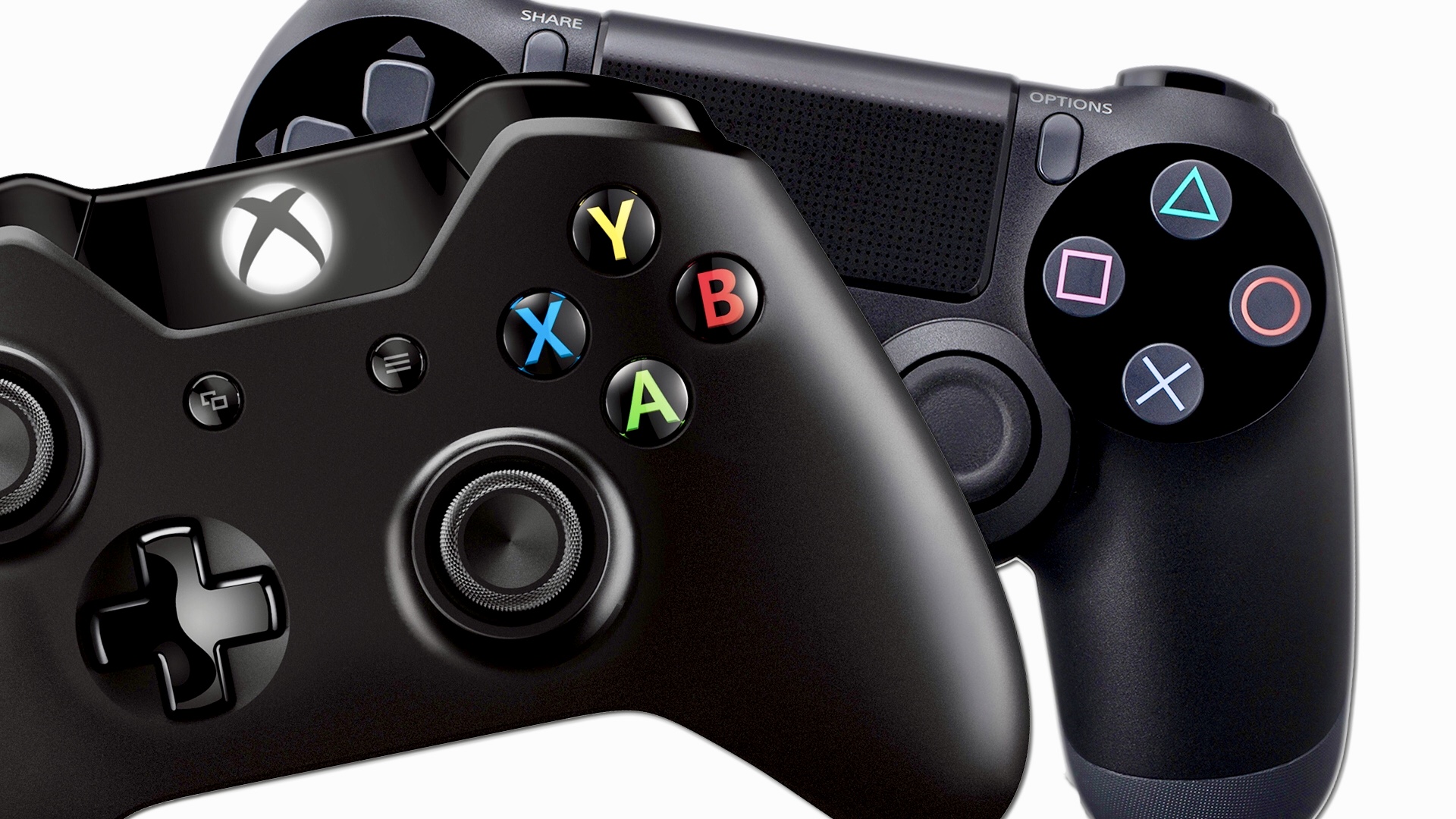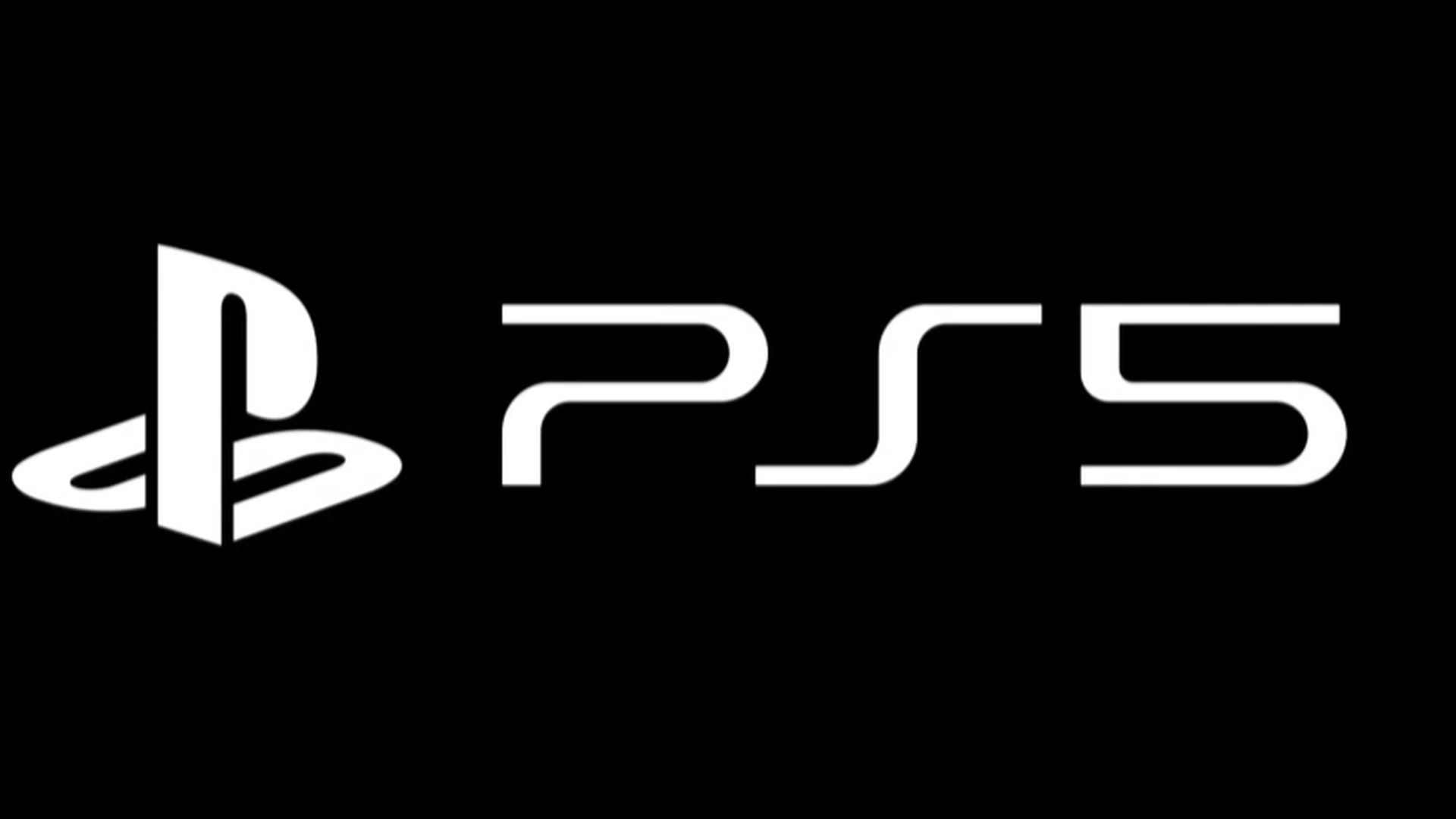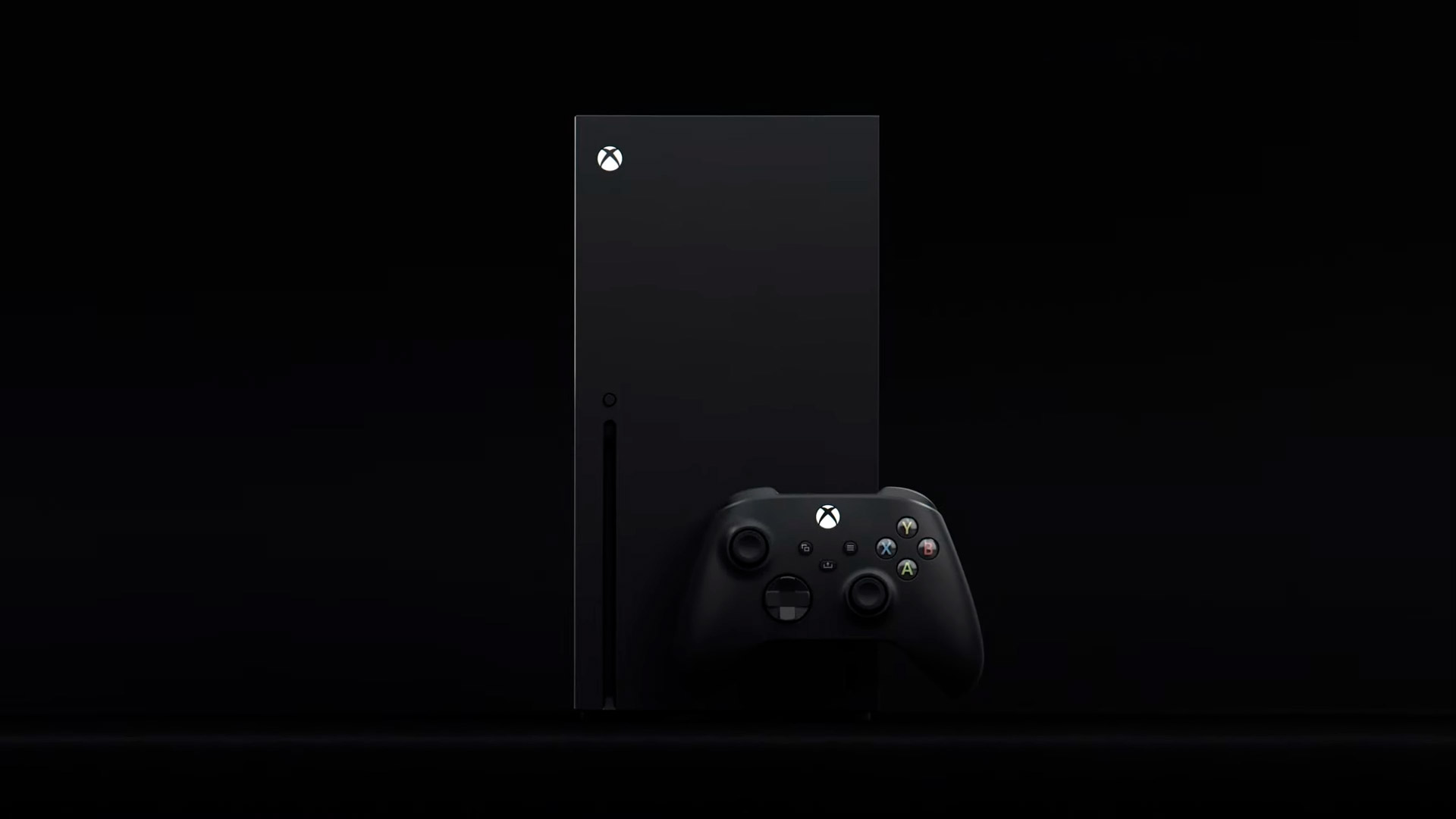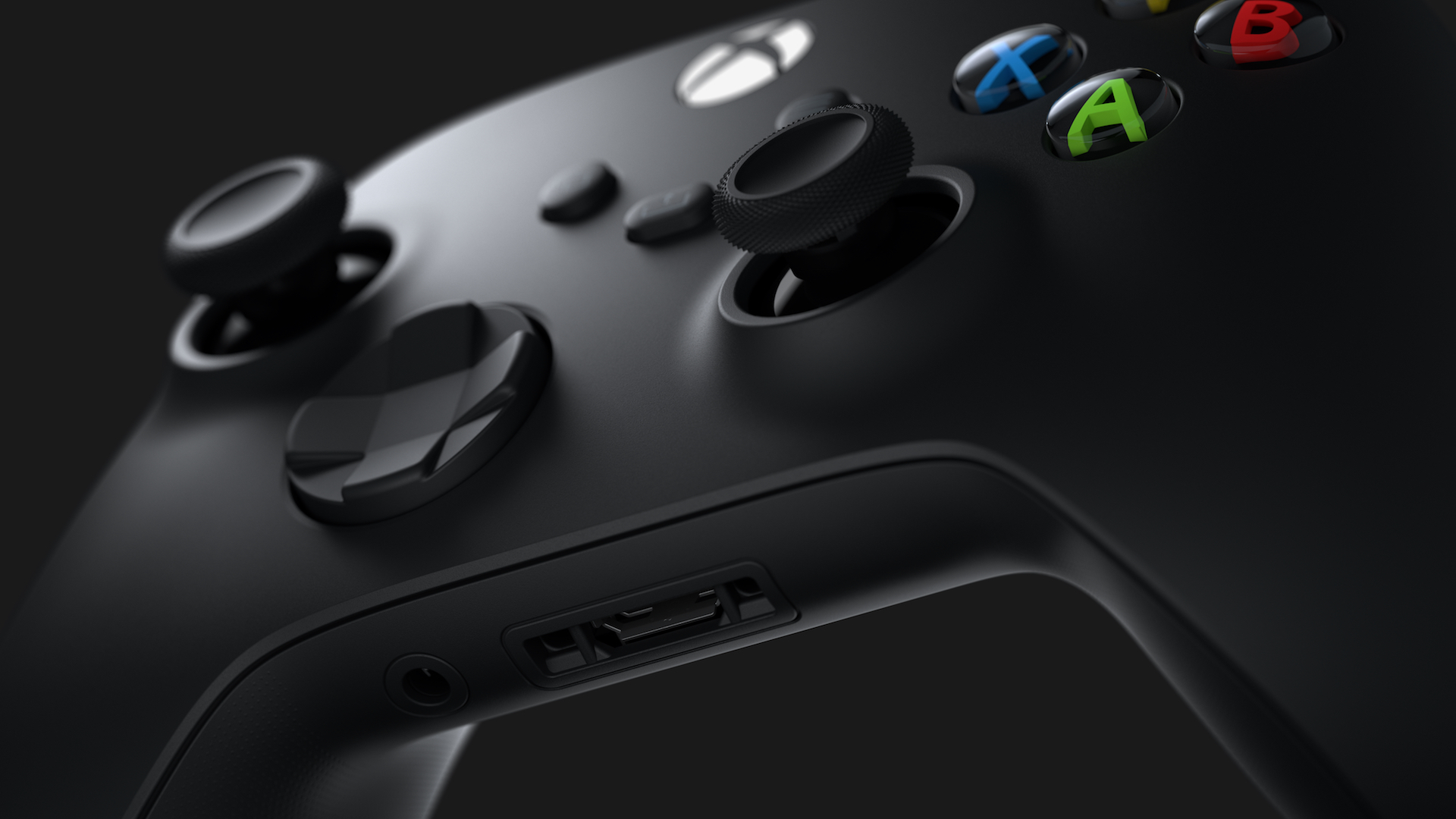
After months and months of rumors, speculation, and little bits of truth here and there, both Microsoft and Sony decided to unveil the full system specifications for the Xbox Series X and PlayStation 5 this week. A month earlier, Microsoft put Sony in a bit of an awkward position by providing some details about the Series X’s hardware configuration, with a particular focus on the GPU. However, it wasn’t until this week’s tell-all reveal that we got to see hard numbers for all the components in the Series X. That announcement was closely followed by Sony’s own, where we saw PlayStation 5 specs for the first time.
Both Consoles Are a Major Step Forward
The biggest takeaway from Sony and Microsoft’s respective product reveals is that the two console makers clearly learned their lessons from the PlayStation 4 and Xbox One launches. The seventh gen consoles—the Xbox 360 and PlayStation 3–had followed a loss-leader approach to pricing. They were high-end parts for the time. Throughout their life cycles they either sold at a loss compared to the bill of material or at a marginal profit. The idea was to put the very best hardware into the consoles so that games justifying a $60 price tag could be produced and sold. With their game sales, Sony and Microsoft would recoup their losses and turn a profit over the lifetime of a given console unit.
With both the Xbox One and PlayStation 4, however, the console makers decided to be much more conservative in hardware terms. They paired moderately fast GPUs for the time with low-power processors that were barely faster than their eight year-old predecessors to hit lower price points, while still yielding a profit per unit. Microsoft’s approach was even worse: The Xbox One was originally envisioned as an all-in-one media system (hence the “One”). The non-optional bundled Kinect meant that it was more expensive than the PlayStation 4, despite having weaker hardware.
The entire eighth-gen was characterised by compromise and terrible performance. As far back as 2013, with Call of Duty: Ghosts, the Xbox One was delivering a paltry 720p output, while the PlayStation 4 delivered 900p in a number of multi-plats. Following the disastrous reception to their technically ambitious Assassin’s Creed: Unity, Ubisoft scaled down their crowd and rendering systems. Sub-30 FPS performance figures have come to be seen as standard on multi-plats, as has poor image quality, and a visual composition that’s often worse than the low pre-set on PC. Moreover, the weak CPUs fundamentally hamstrung any attempt at gameplay innovation, since these consoles lacked the processing horsepower to deliver advanced AI, or world building. In a very real way, the past seven years have been a period of stagnation in terms of gaming technology.
It looks like the ninth-gen consoles are finally set to break the cycle. The machines that both Sony and Microsoft shared are hugely ambitious and even have features not yet available on PC. Overall, these are much more balanced designs, with a strong CPU backing a powerful GPU, and paired with ample memory and fast storage. There’s little in the way of compromise with either console. This tells us that both the PlayStation 5 and Xbox Series X are likely to cost more than their predecessors. And even factoring in the increased cost, Sony and Microsoft’s margins will either be slim or negative. As far as consumers are concerned, this is great news. It means that gaming technology can finally start moving again.
While both consoles are immensely capable, there were some key differences to their specs, which point to different priorities and, likely, to different target price points. Let’s take a look at the points of differentiation.
CPU – A Minor Edge for the Xbox Series X, But No Game-Changer
We’re very happy with the CPU capabilities of both the Xbox Series X and the PlayStation 5. Both consoles are using what appears to be the same CPU from AMD, a semi-custom design with eight cores and 16 threads, based on the Zen 2 architecture. The processors in question here are functionally identical to AMD’s desktop Ryzen 3700X, albeit running at slightly lower clocks. With regards to clockspeeds, Microsoft and Sony have taken slightly different approaches. Microsoft has apparently allocated a slightly higher power budget for the CPU.
This allows them to run it at a locked 3.8 GHz when SMT is disabled, and 3.6 GHz when it’s enabled. Sony, on the other hand, has opted for a more dynamic approach to clockspeeds, allowing it to deliver largely comparable performance on a more moderate power budget. The PlayStation 5 has a “capped” max clockspeed of 3.5 GHz, with SMT, when the power budget allows. In power-constrained situations, this might drop to 3.4 or 3.3 GHz in worst-case scenarios.
Mark Cerny did indicate that the max CPU clockspeed is a typical figure—the PlayStation 5’s CPU will spend most of its time at 3.5 GHz. What does this mean when it comes comparing the Xbox Series X and the PlayStation 5? In a typical scenario with a ninth-gen multiplatform game, the Xbox Series X will be running at 3.6 GHz with all 16 threads enabled. The PlayStation 5 will run at 3.5 GHz most of the time with 16 threads enabled.
The lower bound of the performance delta, then, is a trivial 3 percent: in a typical gaming workload, the PlayStation 5 will deliver 97 percent of the processing power of the Xbox Series X. If we factor in the PlayStation 5’s dedicated addon hardware, such as the tempest engine and the I/O controllers, there might even be scenarios where games have more CPU power on tap on Sony’s console than on the Xbox Series X. When the workload increases, though, we expect the PS5’s CPU clocks to drop down to 3.3 GHz at worst. In this scenario, the performance delta would be roughly 10 percent. Again, neither of these CPUs is weak enough to bottleneck their GPUs. We don’t think this performance delta will have a measurable impact on games.
There is a scenario where the different CPU capabilities become more pronounced, however. The Xbox Series X has an optional SMT off mode, where it runs as an eight-core eight-thread part. This helps with compatibility as cross-gen titles will be authored with the Xbox One X’s eight-core eight0-thread CPU in mind and will balance loads for that particular configuration. Microsoft themselves said that they don’t expect many launch-era titles to saturate 16 threads. In the case of games that use eight threads at most, Microsoft has a considerable clockspeed advantage: at 3.8 GHz, the Xbox Series X’s CPU is nearly 10 percent faster than the PS5’s best-case scenario. In a situation where the PS5 drops down to 3.3 GHz, that rift widens to roughly 15 percent. In games where single threaded performance matters, that might have a tangible impact on frame rates and frame times. There will likely be situations where the 1 percent lows are lower on the PlayStation 5 than on three Xbox Series X. In most use cases, however, you’ll struggle to tell apart the two in terms of their CPU capabilities.
There is a big “but if” here. While, the Xbox Series X delivers better peak CPU performance, Microsoft’s stated commitment to maintaining cross-gen compatibility means that most, if not all first-party titles on the Xbox Series X will be compatible with the Xbox One X. Considering the massive performance delta between the two, this means a number of Xbox Series X launch titles won’t be using even a fraction of the CPU power available. At least in the cross-gen period, we might actually see PS5 exclusives deliver more of a generational leap in terms of gameplay, physics and AI because of this.
GPU – Wider and Slower vs Narrower and Faster
In objective terms, the Xbox Series X has a more powerful GPU than the PlayStation 5. The massive, 52 CU RDNA2 GPU is the largest post-GCN GPU that AMD has produced to date. Running at 1800 MHz, which is a typical clockspeed for Navi parts, it delivers a prodigious 12 TFLOPs of raw compute power. On the surface, there’d appear to be no contest between this and Sony’s much smaller 36 CU GPU on the PlayStation 5. However, Sony’s managed to get the PlayStation 5’s GPU running at 2.23 GHz, which is a higher clockspeed than any Navi card on the market, and at the upper bounds of what’s possible with Navi 10 overclocking. As a result, the PlayStation 5 delivers 10.28 TFLOPs of compute, which is roughly 15percent less than the Series X. However, and as Sony made sure to point out, shader resources aren’t the only thing that scales with clock speeds. Other functional units on a GPU, including, for example the ROPs and TMUs, scale their throughput with the GPU core clock speed.
This means that there are elements of the PlayStation 5’s GPU that run considerable faster than those in the Xbox Series X, on account of a nearly 25 percent clockspeed advantage. Theoretically, this should mean that the GPU performance delta between the PS5 and Xbox Series X is less than the 15 percent margin suggested by the compute numbers. In practice, the answer is a bit more complicated. Tests on PC have clearly indicated that Navi, at least first-gen RDNA parts like the RX 5700 XT, don’t offer fantastic clockspeed scaling in actual gaming workloads. Using hacks like the MorePowerTool, it’s possible to get the RX 5700 XT and RX 5700 (a close analogue to the PS5’s GPU, with 36 CUs and 448 GB/S of memory bandwidth) running at 2.1 to 2.2 GHz. This represents an 18-20 percent increase in clockspeeds over stock clocks. With such a massive uptick in clockspeeds, it’s reasonable to expect significant performance gains.
However, scaling is frankly terrible. Running at 2.1 GHz in Techspot’s benchmark test, the RX 5700 XT only delivered a 10 percent performance boost at best, with many games running just 5-7 percent faster. Real world numbers put Sony’s clockspeed theory into question: instead of better-than-linear scaling, real world figures show the exact opposite and indicate that GPU performance hews more closely to the total amount of shader resources. This means that the 15 percent notional performance delta between the PlayStation 5’s and Xbox Series X’s GPU doesn’t tell the whole story. In practice, the Xbox Series X might deliver as much as 25-30 percent better GPU performance. Both of these consoles target 4K experiences and it looks like the Xbox Series X is far more suited to actually hitting that target. We wouldn’t be surprised to see 1800p remain a norm on the PlayStation 5.
Storage and Memory
Storage is one area where Sony has a clear advantage over Microsoft. The PlayStation 5’s custom 825 GB SSD has a theoretical transfer rate of over 8 GB/s, factoring in its compression algorithm. This allows it fill up the PS5’s 16 GB of shared memory in just 2 seconds. The Xbox Series X on the other hand features an NVMe SSD that offers a guaranteed 2.4 GB/S of throughput. It’s important here to remember that neither of these figures is exactly lacking. 7200 RPM hard drives offer peak transfer rates of around 200 MB/s, which is less than 10 percent of what the Xbox Series X manages. 2.4 GB/S is blazing fast.
Nevertheless, the PlayStation 5 delivers over 2 times the nominal storage throughput and over 4 time the notional throughput once we factor in compression. The Xbox Series X’s SSD is evidently fast enough to enable features like Quick Resume and eliminating in-game loading screens, as well as the extended memory concept. At this point, we’re not quite sure how the PlayStation 5’s significantly faster SSD will or can be used, though, again, minimised loading times and enhanced asset streaming are likely to be key use cases.
In terms of memory, the PlayStation 5 offers developers a unified 16 GB pool of GDDR6, across a 256-bit memory bus for 448 GB/S of bandwidth. The Xbox Series X, in contrast, offers 10 GB of memory at 560 GB/S and a further 6 GB at 336 GB/S. While split memory architectures have had a bad rap (the GTX 970 and the PlayStation 3 come to mind), 10 GB is a lot of very high-speed memory. By using the 6 GB for less critical purposes, the Series X can utilise most of the high-speed memory for the GPU, and leverage that bandwidth to scale better at 4K. All in all, the memory configuration for the Series X is just better suited to the ninth-gen 4K resolution standard.
Conclusion
Both the Xbox Series X and the PlayStation 5 offer a genuine leap in capabilities over their eight-gen counterparts. These are consoles capable of deliver true 4K experiences with none of the compromises introduced by the PS4 Pro and Xbox One X. Their enhanced CPUs make new kinds of gameplay experiences possible. And while the two consoles appear to be very similar—both are Zen 2/RDNA 2 boxes with largely comparable GPU and CPU capabilities—add-ons like the PS5’s Tempest engine and “features” like enforced cross-gen compatibility, at least at the outset of the Xbox Series X’s launch mean that buyers might have real options on their hands when Holiday 2020 rolls by.





















Share Your Thoughts Below (Always follow our comments policy!)